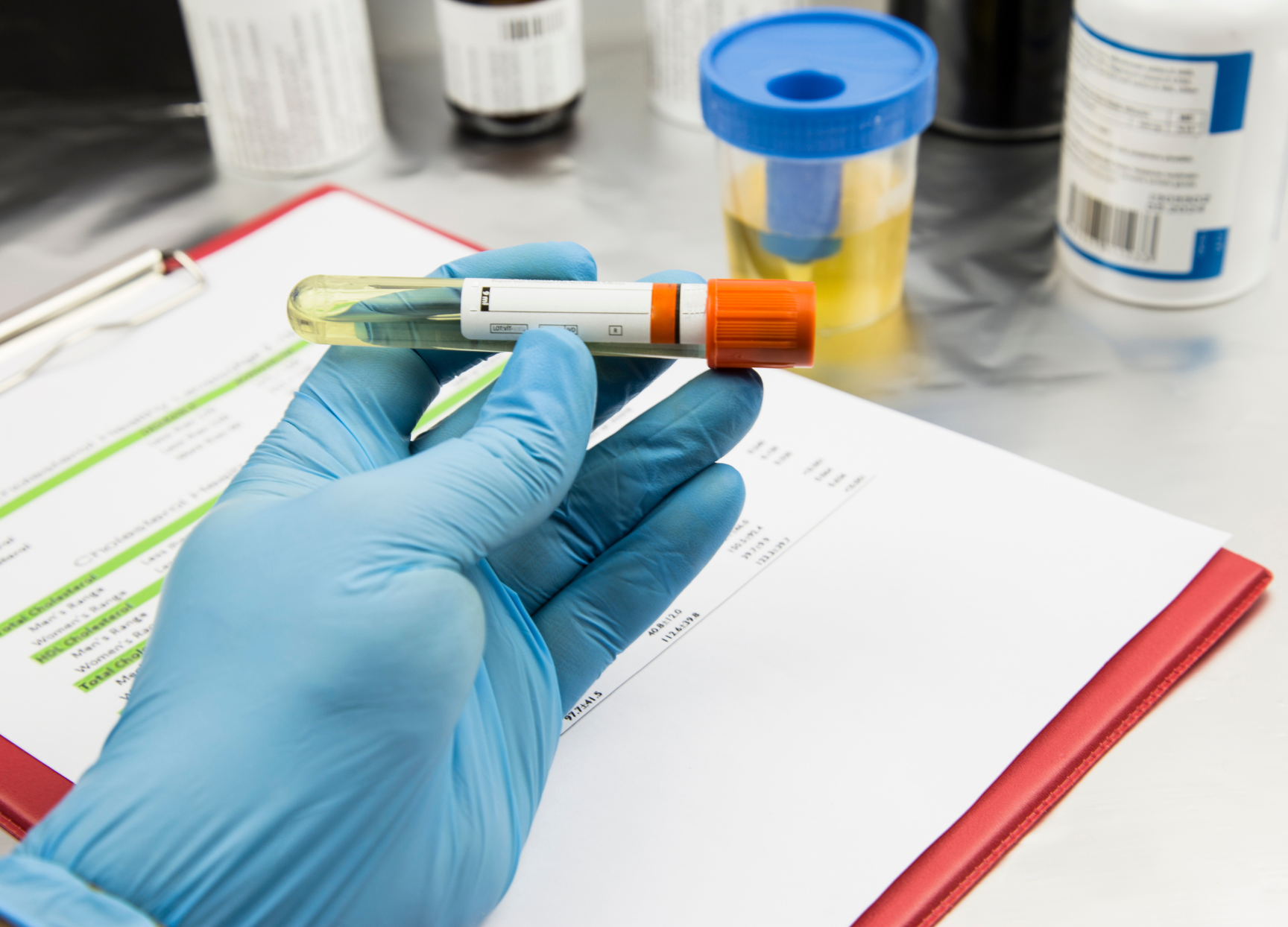Flow test is an outpatient test that calculates the speed of urine flow over time. It is typically used in patients who have complaints of feeling of incomplete bladder emptying, frequency of micturition, urgency of micturition and poor flow.
The test also helps estimating the bladder capacity prior to voiding and post void residual volume. During normal urination, the bladder will empty slowly initially and then a sharp rise in the speed of emptying is observed leading to near emptying of the whole volume of urine that was present in the bladder. In people with urinary blockages, the urine flow test will either be flat, with no sharp rise in maximum speed and or takes long time till bladder emptying.
Flow rate test is used to diagnose any condition that might affect the relationship between the bladder storage and emptying. Typically, both men and women are referred to have this test by clinicians and it is a very useful tool to estimate the severity of the situation.
Conditions such as benign prostatic hyperplasia, neuropathic bladder, urethral stenosis, detrusor-sphincter dyssynergia and bladder atonia can be diagnosed using this test alongside other investigations.

